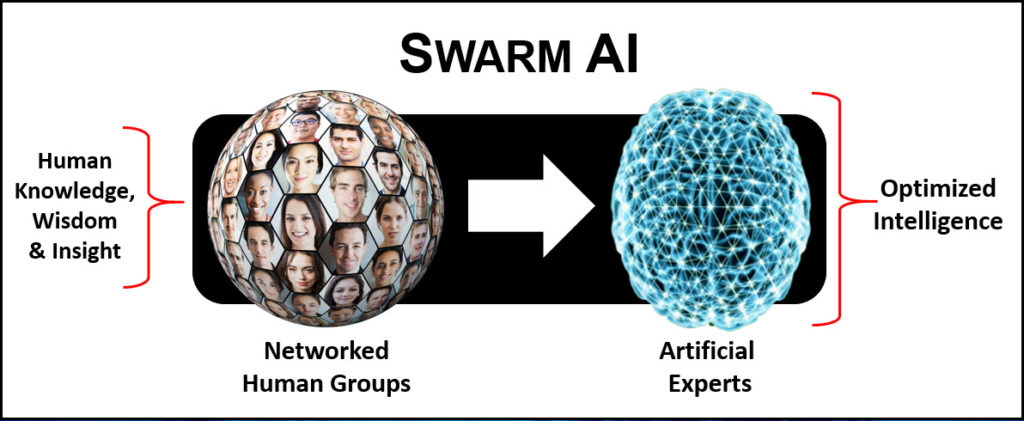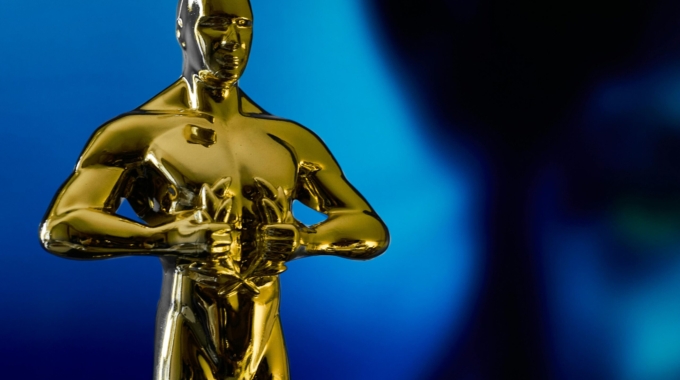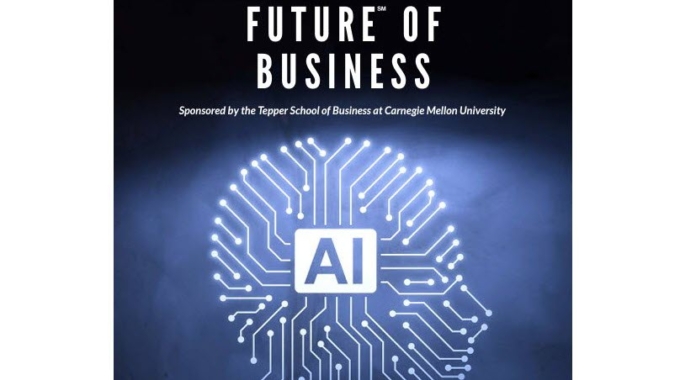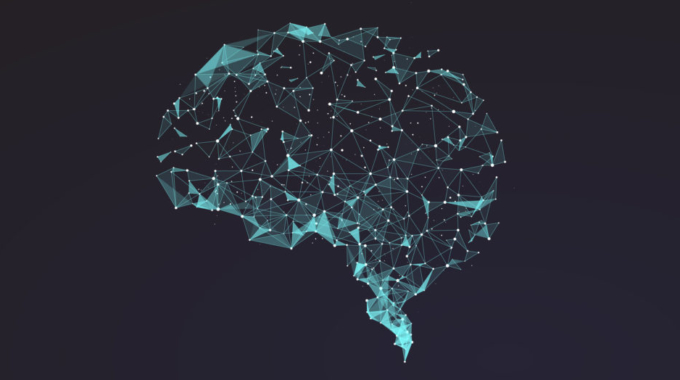
Perhaps the most famous display of Collective Intelligence occurred over a hundred years ago at a livestock fair in England. Sir Francis Galton, a polymath who happened to be at the fair, observed a contest where villagers were invited to guess the weight of an ox, with the closest guess winning the ox itself. After the contest, Galton was permitted to analyze the nearly 800 guesses and determined that the average guess ( or vox populi, voice of the people, in Galton’s description ) fell within 1% of the actual weight. From these humble beginnings was born the study of Collective Intelligence and the theory that groups can be smarter than individuals.
Surprisingly enough, the methods used to tap into the Collective Intelligence of groups has changed little over the last 100 years, with statistical polling still being the primary tool used to capture input from populations. The question is – is there a better way?
To that end, Unanimous has pioneered Swarm AI, a new approach that empowers groups to amplify their intelligence by forming real-time systems modeled after swarms in nature. Inspired by schools of fish and flocks of bees, the technology combines AI algorithms with real-time human input to produce optimized insights and forecasts.

Berkeley’s M.E.T. ( Management, Entrepreneurship & Technology ) offers one of the most rigorous undergraduates programs in the nation, bestowing two degrees in four years. Recently, Unanimous AI was invited to speak to undergraduates in the program about how a startup company can find itself working with some of the world’s top brands in a relatively short period of time. And while Alex McClure, Unanimous’s VP of Product was on campus, he couldn’t help but try to recreate Galton’s iconic experiment with the M.E.T. students.
McClure presented a large bag of candy and asked a group of 40 M.E.T. students to estimate how many pieces were inside. Mirroring the livestock fair’s process back in 1906, the students were asked to record their own individual guess, and then those results were averaged to form the group’s mean estimate by statistical aggregation. The average answer across the group of participants was 181 pieces of candy, a fact that was kept confidential until the end of the experiment.
Next, the group used Swarm AI technology to answer as a system. The students pulled out their cell phones and using Google Chrome, quickly accessed the Swarm AI platform. The interface compels each student to swipe at a graphical puck displayed on their screens. Their input is processed by intelligence algorithms which combine their input and enable them to move the puck together, as a system, to an optimized answer. Together, the swarm of Berkeley students converged on an answer of 134 pieces of candy, far lower than the statistical prediction made through traditional crowd-based polling. The swarming process took less than 30 seconds as shown in the replay below.
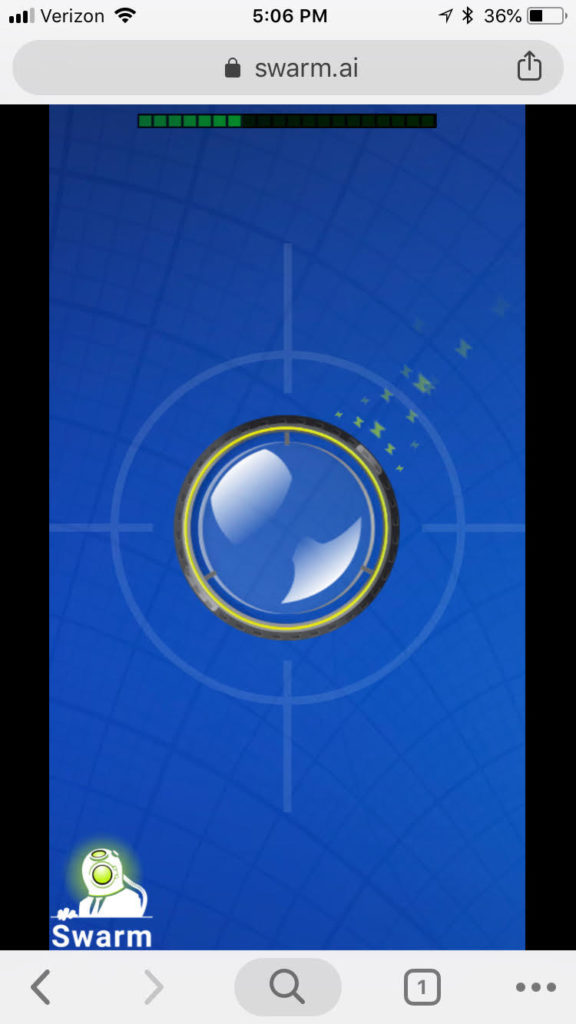

So, which was more accurate, the statistical crowd or the real-time Swarm AI system? As has been demonstrated through numerous academic studies, the Swarm AI system empowered the group to be significantly more accurate than when working as a statistical crowd, as the actual number of pieces of candy in the jar was 137. That means the crowd’s estimate of 181 was off by 74% while the Swarm AI forecast of 134 was accurate to less than 1%. Naturally, the M.E.T. demonstration is just one example of the efficacy of Swarm AI, but the technology’s track record across a number of different predictive challenges suggests that bringing the power of AI to the field of Collective Intelligence represents the next frontier of amplifying human performance.
Of course, “Swarming” is not all fun and games – a few weeks ago Unanimous AI and Stanford Medical School published a groundbreaking study demonstrating that small groups of radiologists, when connected together as a real-time Swarm AI system, could diagnose X-rays with significantly higher accuracy than the individual radiologists alone. Similarly, Unanimous AI and California Polytechnic published a study this week showing that small business teams, when working together as Swarm AI system could reduce their errors on a standard intelligence test by more than 50%. These outcomes demonstrate the power of swarms over crowds and the potential to bring group-intelligence to a whole new level.
See how Swarm AI helps doctor’s make more accurate diagnoses HERE
See how Swarm AI makes teams smarter and more effective HERE
About Unanimous AI:
Unanimous AI is a Silicon Valley company that has pioneered Swarm AI® technology, a new form of AI that combines real-time human insights and AI algorithms modeled after natural swarms. In 2018, Swarm AI technology won “AI Innovation of the Year” at the SXSW Innovation Awards. For more on Unanimous, visit http://unanimous.ai
Want to learn more about our Swarm AI technology? Check out our TED talk below…
